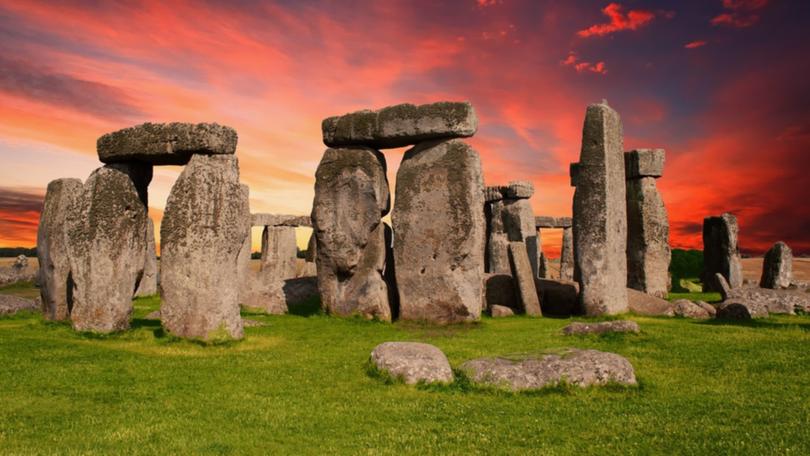Perth scientists discover Stonehenge’s huge Altar Stone ‘was transported 1000 kilometres from Scotland’

It is yet another mystery to add to the legions already surrounding Stonehenge.
Experts say they have made a ‘stunning’ discovery about one of the monument’s key parts.
Previous studies have indicated that most of its renowned ‘bluestones’ were sourced from the Preseli Hills in Wales, around 150 miles (240km) from the site.
Sign up to The Nightly's newsletters.
Get the first look at the digital newspaper, curated daily stories and breaking headlines delivered to your inbox.
By continuing you agree to our Terms and Privacy Policy.But new analysis has revealed the Altar Stone, the largest bluestone at the centre of the monument, actually came from northern Scotland – up to 620 miles (1,000km) away from Wiltshire.
Experts have no idea why the six-ton, 16-foot-long stone was selected, nor how it was transported such a long distance around 5,000 years ago.
The discovery was made when a team, led by researchers from Curtin University in Perth, Western Australia, analysed the age and chemistry of minerals from fragments of the Altar Stone.
They found a remarkable similarity with the Old Red Sandstone of the Orcadian Basin in north-east Scotland. The team said they can conclude with 95 per cent accuracy that the stone came from this area, which encompasses parts of Inverness, Thurso, Orkney and Shetland.
According to the experts, the ‘fingerprint’ of the mineral grains within it is different to those in Welsh-sourced stones.
‘’The findings are truly remarkable – they overturn what had been thought for the past century,’ co-author Professor Richard Bevins, from Aberystwyth University said.
‘‘We have succeeded in working out the age and chemical fingerprints of one of the most famous stones in the world-renowned ancient monument. We can now say that this iconic rock is Scottish and not Welsh.’’
The research, published in the journal Nature, does not provide evidence about how the Altar Stone got to its location in Salisbury Plain, given the technological limits of Neolithic times.
Professor Nick Pearce, also from Aberystwyth University, said: ‘’The distance travelled is astonishing for the time. This Scottish source shows a high level of societal organisation in the British Isles during the period.’’
Stonehenge was begun 5,000 years ago, with changes and additions over the next two millennia.
The Altar Stone may have arrived during the second construction phase at around 2620 – 2480 BC.
